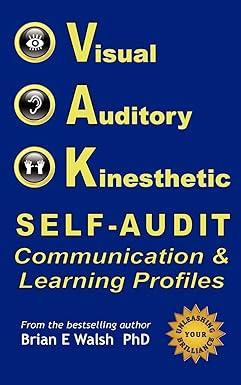Question
Snowman Co. had the following December 31, 2017, account balances (listed in alphabetical order): Account 12/31/2017 Balance Administrative and Office Salaries Expense $29,500 Advertising Expense
Snowman Co. had the following December 31, 2017, account balances (listed in alphabetical order):
| Account | 12/31/2017 Balance |
| Administrative and Office Salaries Expense | $29,500 |
| Advertising Expense | 14,100 |
| Bad Debt Expense | 1,900 |
| Common Stock, $10 par | 110,000 |
| Cost of Goods Sold | 191,200 |
| Depreciation Expense: Buildings & Office Equipment | 10,000 |
| Depreciation Expense: Sales Equipment | 8,500 |
| Dividend Revenue | 900 |
| Gain on Sale of Sales Equipment (pretax) | 5,000 |
| Interest Expense | 4,900 |
| Office Supplies Expense | 1,800 |
| Property Tax Expense | 7,700 |
| Retained Earnings, January 1, 2017 | 428,900 |
| Sales | 366,700 |
| Sales Discounts Taken | 5,200 |
| Sales Salaries Expense | 16,500 |
| Sales Supplies Expense | 4,600 |
| Transportation out (deliveries) | 6,000 |
Additional information not included in the above.
The tax rate is 30%
On April 1, 2017, the company sold Division M (a component of the company), which had been unprofitable for several years. For the first 3 months of 2017, Division M had operating revenues of $25,000 and operating expenses of $33,800. The division assets had a historical cost of $80,000, had been depreciated for seven years using the straight line method, allowing for a $5,000 residual value, and a ten year life. The assets were sold for $45,000.
In the middle of December, 2017, the company incurred a material $5,500 pretax loss as a result of a flood on a river that floods once every 25 years.
During a review of the 2017 entries to ascertain what adjusting entries needed to be made, it was discovered that Legal Fees of $14,000, incurred in 2015 and associated with researching a potential patent were capitalized to the account patents in 2015. The patent was never applied for and the product idea was scrapped. In 2016 patent amortization was recorded, based on a twenty-year patent life. No amortization entry was recorded in 2017.
The company paid cash dividends of $.90 per share on its common stock. All the stock was outstanding for the entire year.
While making its December 31, 2017 adjusting entries, the company conducted an analysis of its recent favorable experience with uncollectible accounts receivable, and decided to reduce the percentage used in computing bad debt expense. The use of the new percentage resulted in the $1,900 bad debt expense being $500 less than the amount that would have been calculated using the old percentage.
During 2017, the company elected to switch from the completed contract method to the percentage of completion method for the work performed by its Consulting Division. This division has been in existence since 2015. The effect of this change was an increase in revenue in 2015 of $15,000, an increase in 2016 of $20,000 and an increase in 2017 of $25,000. The percentage of completion method was applied to all consulting revenue recorded in 2017. Consulting revenue is combined with other sales revenue for reporting purposes on the financial statements.
REQUIRED:
Prepare a single step Income Statement for Snowman Co. being sure to differentiate between Selling Expenses and Administrative Expenses.
Prepare a Statement of Retained Earnings for Snowman Co.
Where needed, provide schedules to show the details of your calculations and numbers.
Which of the additional information items would require footnote disclosure? Briefly explain what the footnote would need to state or explain.
Step by Step Solution
There are 3 Steps involved in it
Step: 1

Get Instant Access to Expert-Tailored Solutions
See step-by-step solutions with expert insights and AI powered tools for academic success
Step: 2

Step: 3

Ace Your Homework with AI
Get the answers you need in no time with our AI-driven, step-by-step assistance
Get Started


